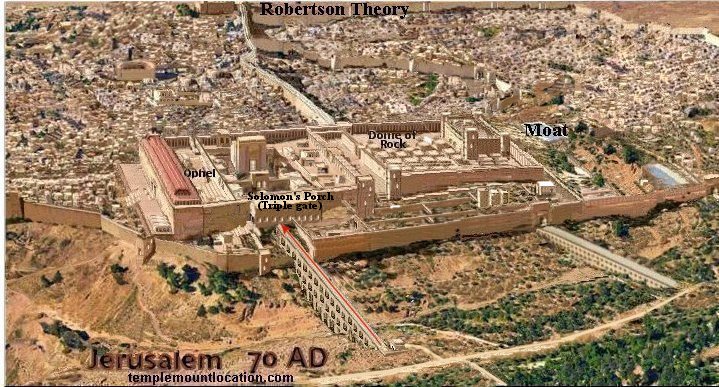Eulalio Eguia
Member
It is known that the Red Heifer altar is located at the "top" of the Mount of Olives, and is due East of the Temple.
I believe the Red Heifer altar was built on a threshing floor in the Mount of Olives, similar to the Temple of Solomon which was built on the threshing floor of Araunah.
The sedimentary rock area of the Mount of Olives is an ideal place for threshing floors. So I looked for the highest elevation in this area of the Mount of Olives to locate where I believe the Red Heifer altar was built.
This is how I determined that Ophel (which is due West of the Red Heifer altar) is the location of King Solomon's Temple.


Please watch the following video to know more, and Thanks!
I believe the Red Heifer altar was built on a threshing floor in the Mount of Olives, similar to the Temple of Solomon which was built on the threshing floor of Araunah.
The sedimentary rock area of the Mount of Olives is an ideal place for threshing floors. So I looked for the highest elevation in this area of the Mount of Olives to locate where I believe the Red Heifer altar was built.
This is how I determined that Ophel (which is due West of the Red Heifer altar) is the location of King Solomon's Temple.


Please watch the following video to know more, and Thanks!









